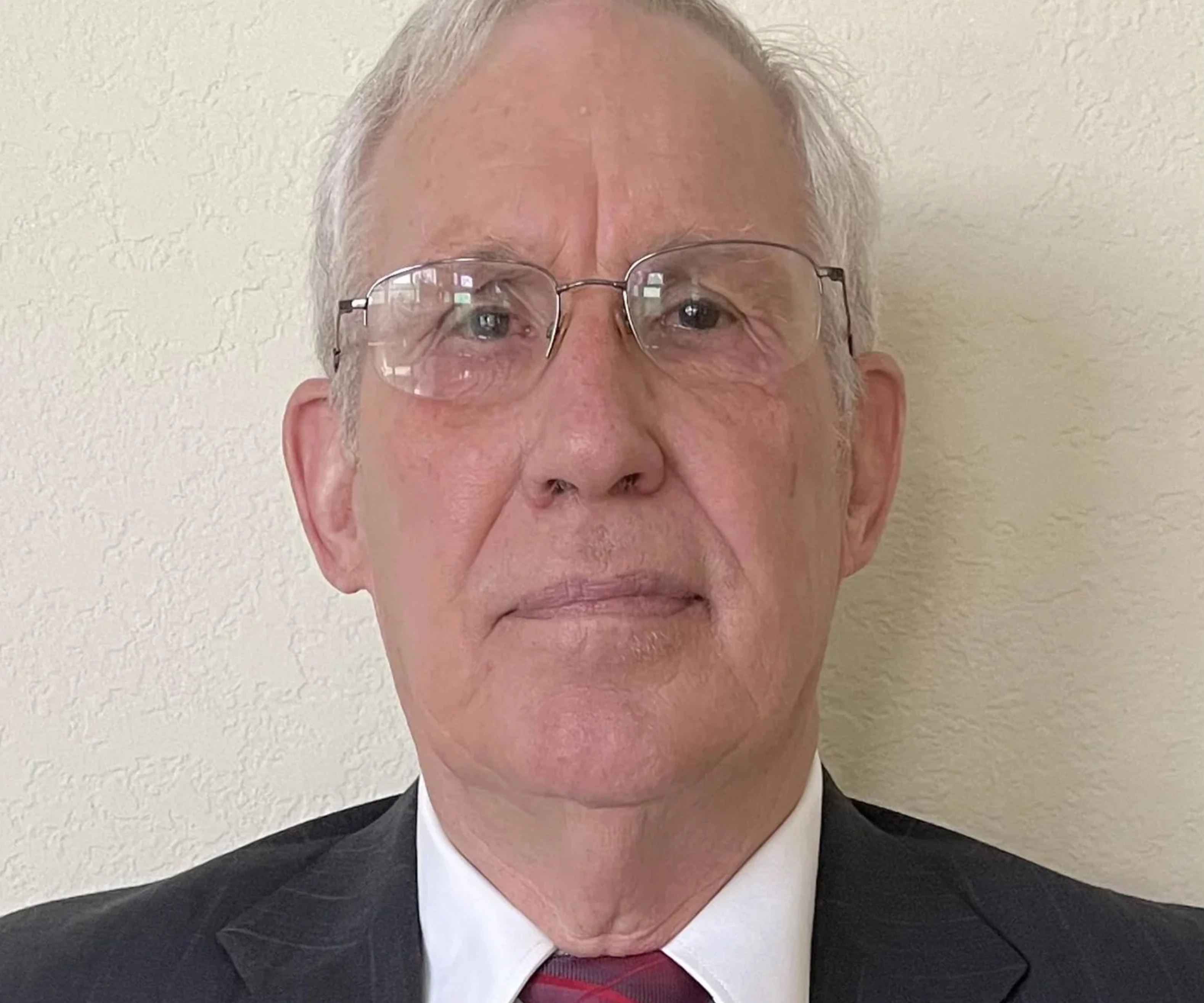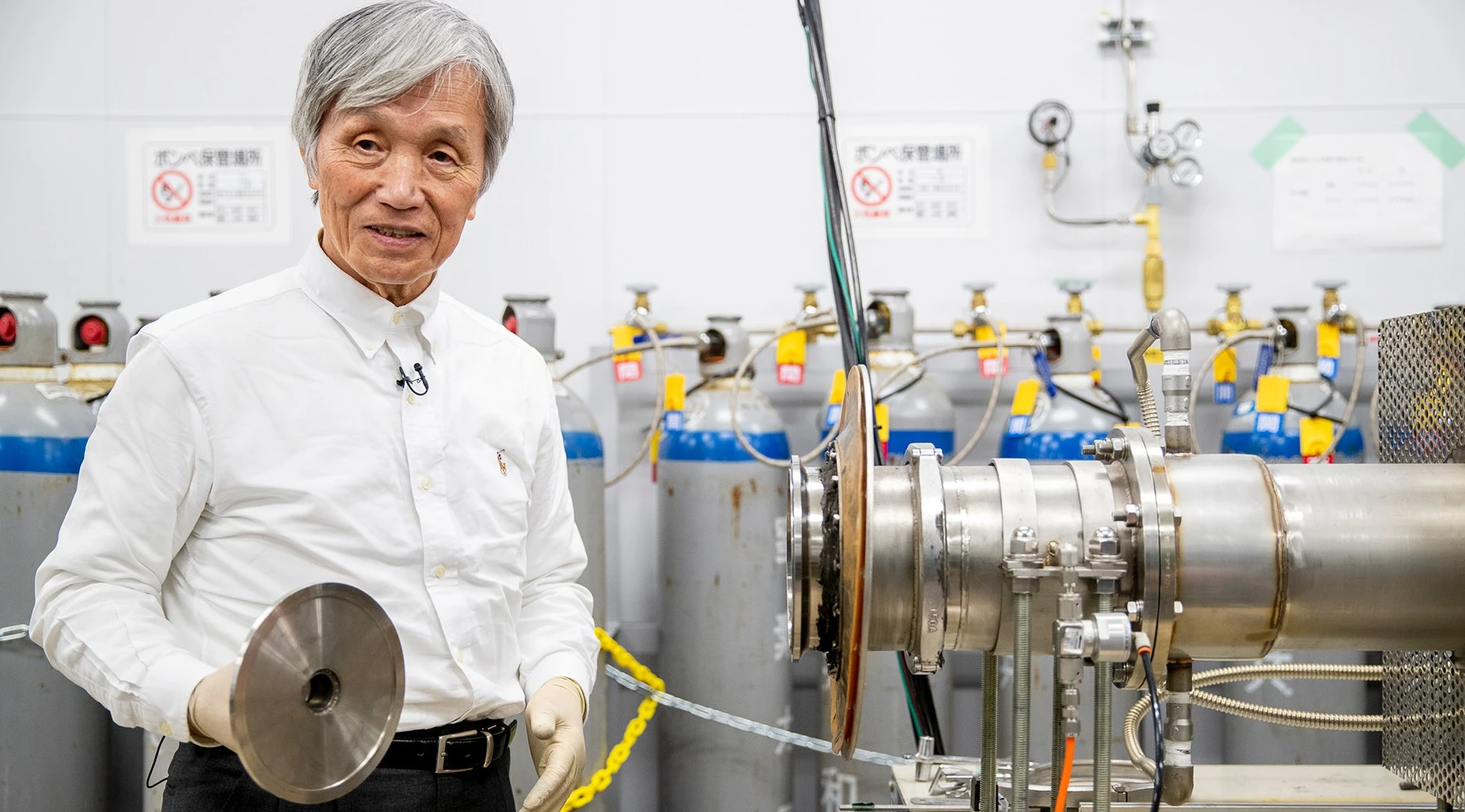OUR NOVEL TECHNOLOGY
The most powerful rare earth magnet is an alloy consisting of Neodymium, Iron and Borron (NdFeB).
The NdFeB magnet was invented in 1983 by John Croat of GM and Masato Sagawa of Sumitomo simultaneously and independently when each of them announced the same discovery at a conference in Pittsburgh. Today, about 90% of the magnets sold are NdFeB. Despite concerted efforts, further improvement in the performance of NdFeB magnets has not occurred.
In a joint interview with these two inventors published in the June 21, 2022 issue of IEE Spectrum under the title, The Magnet that Made the Modern World:
John Croat said, “I don’t see how they’re ever going to get the rare earth out of a rare-earth transition metal magnet and make a good high-performance magnet. So the rare-earth supply problem is going to continue and will maybe even grow in the future as the market for these magnets grows.”


Masato Sagawa said, “I think it’s impossible to produce a high-grade magnet without rare earths.”
However, science never stands still - exactly as Croat and Sagawa achieved the impossible 40 years ago. NCM’s achievement of the impossible is better understood by reference to the manufacturing process of NdFeB magnets. This typically involves mining rare earth ore, refining it, alloying with other metals like iron and boron, melting and strip casting the alloy at a temperature of 1750C, breaking it down and pulverizing it into fine powders into 3 to 7 micron size particles, pressing the powder into shape under a magnetic field to align the magnetic domains. The compacted powder is then heated at high temperatures (typically around 1000°C - 1200°C) in a controlled atmosphere to fuse the particles together. The sintered magnet is then machined to the final desired shape and surface finish. This method of manufacturing which starts from mining is a “top down” approach.
In contrast, NCM’s technology is based on a “bottom up” approach of inducing magnetism in particles which are on the average 1000 times smaller than mined and refined rare earths. That's the difference in size between a millimeter and a meter. The magnetism is induced by a select dopant in a synthesis process which aligns all spins of electrons in the same direction in particles with an average size of 15nm and also by creating nanowires in the same synthesis process. The nanowires have an aspect ratio (ratio of length to diameter) which is > 30 compared to an aspect ratio of 5 for Rare Earth. A greater aspect ratio is critical for high magnetic anisotropy, a key indicator for stronger coercivity. The entire synthesis is non-toxic and operates at approximately 80C. Finished solid forms of our nano-magnet powder is created by mixing the nano-magnets with a bonding agent and compacting them under a magnetic field. Additive printing processes under a magnetic field may also be employed to achieve compacted forms and shapes.
